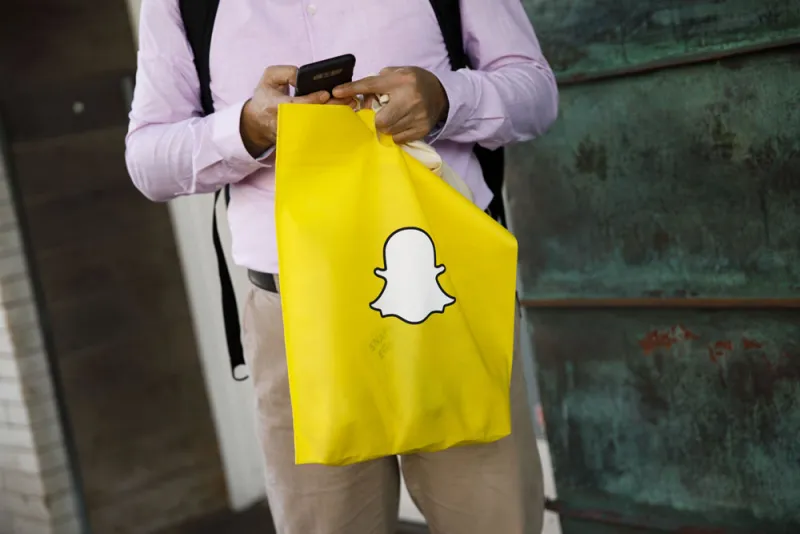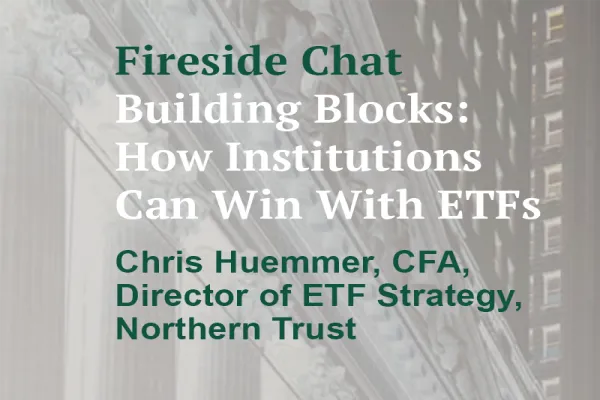Wall Street is all but throwing in the towel on Snap, once a favorite among the Tiger Cubs and other hedge funds.
Shares of the social media company fell 7 percent on September 12 to close at $9.20 after BTIG recommended that investors “sell” the Snapchat parent. The bank cut its price target on Snap's stock to $5, telling clients it is “tired of watching Snapchat decline from the sidelines.”
“We have been disappointed in Snap's product evolution (as have users) and see no reason to believe this will change,” BTIG wrote in a 13-page report obtained by Institutional Investor.
The bank's analysts said the “sell” recommendation is warranted since engagement is falling and consensus expectations are too high. Citigroup, which also has a “sell” rating for Snap, reduced its price target to $8. And Jefferies Financial Group, which has a “neutral” rating on the company's shares, lowered its target to $11.
Several prominent hedge funds made sizable investments in Snap when it was private, including Philippe Laffont’s Coatue Management, Stephen Mandel Jr.’s Lone Pine Capital, and Paul Hudson’s Glade Brook Capital Partners. Snap raised $3.4 billion when it went public at $17 a share in March 2017.
Coatue, which was Snap’s largest shareholder at the end of last year, unloaded its entire stake of more than 20 million shares in the second quarter, after selling more than seven million shares the previous quarter. The firm wasn’t alone in selling.
[II Deep Dive: Hedge Funds Give up on Snap]
About two-thirds of hedge funds that held a position in Snap at the end of the first quarter reduced or liquidated their position in the second quarter, according to Novus, the portfolio analytics provider.
Snap had just 41 hedge fund investors at the end of June. The most significant one was Eashwar Krishnan’s Tybourne Capital Management, which boosted its stake by nearly 70 percent to almost 27.5 million shares to become the third-largest shareholder.
In recent months, Snapchat users have been unhappy with messaging application’s redesign. In the second quarter, daily active users stood at 188 million, fewer than the 192 million estimate, and down from 191 million the previous quarter, according to the company.
Earlier this week, Snap disclosed in a regulatory filing that Imran Khan, its chief of strategy, was planning to leave the company to pursue other opportunities. Khan is planning to start his own technology-focused investment firm, according to TechCrunch, which cited anonymous sources.
“Snapchat remains the primary messaging/communications application for teens/young-adults, but interest in creating stories, watching stories and using Discover is falling,” BTIG wrote clients in its report. “Unfortunately for Snapchat, messaging monetization is far weaker than stories/Discover content.”
BTIG said it lowered its estimate for the company’s revenue estimates for the fourth time in the past 17 months. The bank also told clients that Snap is now burning through cash.
For example, at the beginning of the year, the social media company had more than $2 billion in cash and marketable securities, and no debt. Snap used $502 million in cash in the first half of this year, the bank said, while estimating the company will burn through $800 million of cash in 2018 even as it makes “meaningful headcount reductions.”
“Unless revenues meaningfully accelerate or the company dramatically cuts cost[s], we believe Snapchat will need to raise capital by 2020,” BTIG warned. “Raising capital will not be easy given the continued underperformance of investor expectations and would likely require a substantially dilutive transaction.”
Snap's stock is down 37 percent this year through September 12. Share were up 1.8 percent in late afternoon Thursday, trading at $9.36 each.







